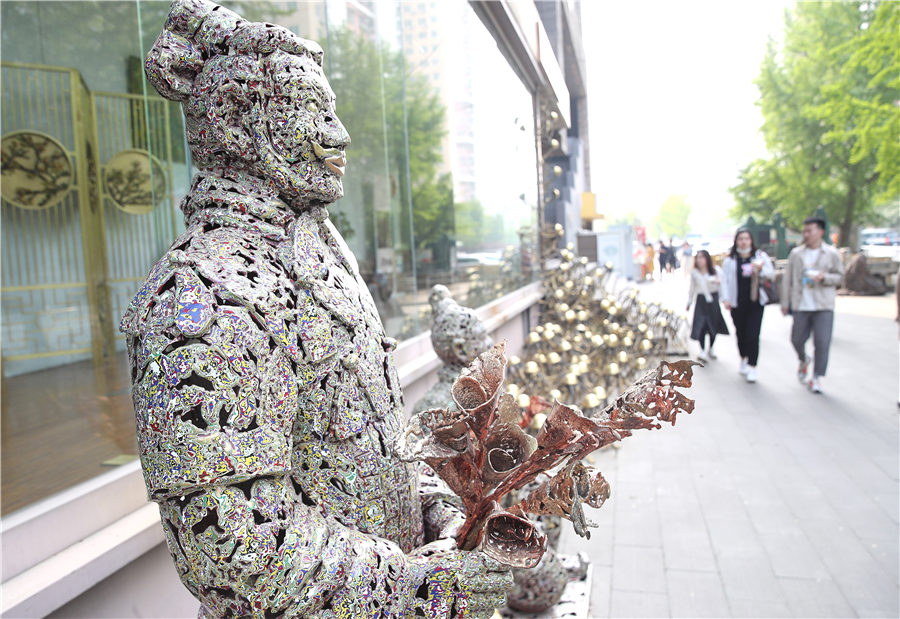 |
|
798's status as an international art hub came about largely as a matter of happenstance and location. [Photo by Zou Hong/China Daily] |
The zone adopts a collaborative, "government-guided, enterprise-oriented" approach to develop its art institutions, which UCCA's Tinari said have evolved into the successful management of a cultural district that is the envy of many Chinese cities trying to repurpose their industrial infrastructure.
Wang Yanling, head of the Beijing Sevenstar Huadian Science and Technology Group, which runs the zone, said its hosting of the highest concentration of contemporary art institutions in China offers an unmatched platform for Chinese influence on the field's international presence, with Beijing now one of the world's top five cities known for the art form.
The zone attracted more than 8.08 million visitors from home and abroad last year alone, with over 130 heads of state and other dignitaries visiting it by the end of April, Wang told China Daily.
"The 798 Art Zone is a cultural pillar of support, with the growing global influence of Chinese contemporary art and its rising role in the dialogue between East and West," he said.